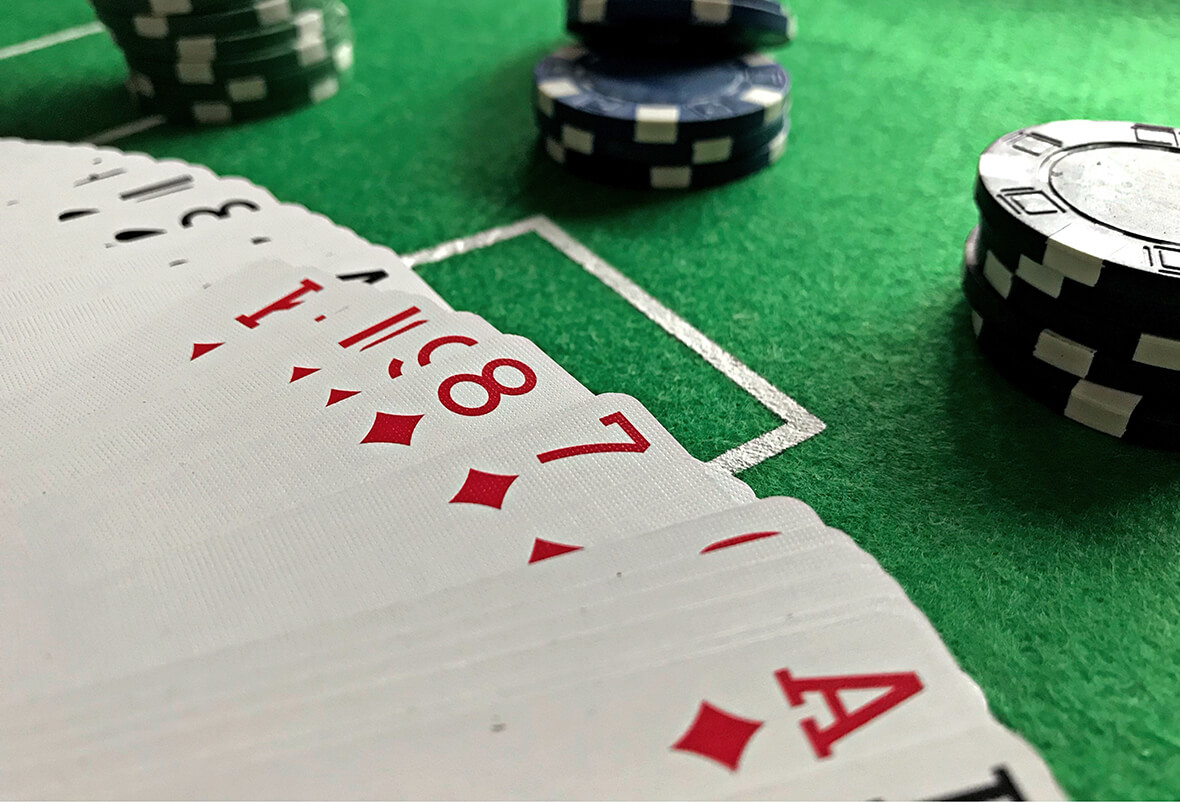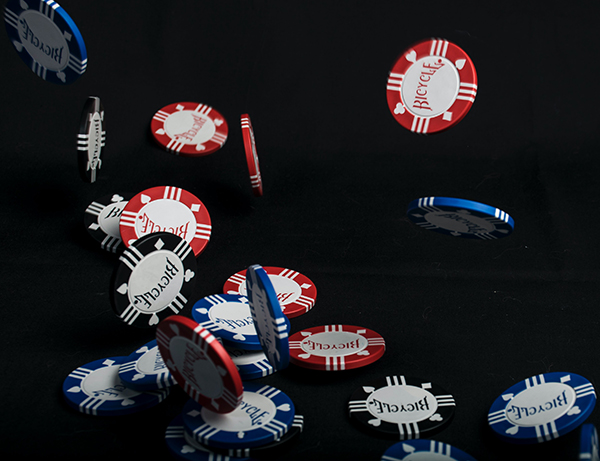Edge Sorting: Pure Cheating, Or A Smart Technique To Help You Beat The House?

Edge sorting has been a controversial topic in the world of casino gaming. It involves identifying small imperfections in the design of playing cards, allowing the player to gain an advantage over the casino. Some see it as a clever technique, while others view it as a form of cheating. So, is edge sorting a legitimate strategy, or does it cross the line into dishonest behavior? Let’s break it down.

While edge sorting might appear to be a clever strategy, it is generally considered a form of cheating. It exploits flaws in the casino’s equipment, and using it to gain an advantage in a game is considered unethical by most casinos. Whether it’s “smart” or not is subjective, but because it violates the spirit of fairness that casinos aim to uphold, it’s widely regarded as crossing the line into dishonest behavior.
If you’re looking to gain an edge in casino games, focusing on strategies that rely on skill and knowledge—like card counting or understanding optimal betting strategies—is a more acceptable and ethical approach. Edge sorting, while technically a form of strategy, is not a method that will be welcomed in most casinos and can have serious legal consequences.
1. What is Edge Sorting?
Edge sorting refers to the practice of identifying subtle differences in the backs of playing cards. Some high-end casinos use cards with slightly asymmetrical designs, or the cards might not be perfectly aligned. Skilled players can exploit these imperfections, “sorting” the cards into groups based on their orientation. By doing this, they can discern which cards are high or low before they are dealt, giving them an edge in games like baccarat, blackjack, or poker.
2. How Does Edge Sorting Work?
The technique relies on the idea that, due to manufacturing flaws or wear and tear, some cards have distinct markings or differences in the pattern of their backs. By observing the cards carefully during play, a player can spot these differences. If the cards are dealt in a way that allows the player to identify which ones are favorable to their hand, they can adjust their bets accordingly to increase their chances of winning.
For instance, a player might spot that certain cards are higher or lower than others based on how they appear from the back, giving them the opportunity to bet in a way that exploits this knowledge.
3. Is Edge Sorting Legal?
The legality of edge sorting has been the subject of debate. Many casinos see it as cheating, and in some jurisdictions, it can result in criminal charges. The issue lies in whether the practice relies on exploiting a flaw that is not apparent to the casino or if it involves using knowledge of the cards in a way that wasn’t intended by the casino.
Notably, Phil Ivey, one of the most famous poker players in the world, was involved in a high-profile edge sorting case at a London casino in 2012. He and his companion used edge sorting to gain an advantage in baccarat, and while they won millions, the casino ultimately argued that their actions were unethical. In court, it was ruled that edge sorting was a form of cheating, and the casino successfully retrieved the funds.
4. Is Edge Sorting a Smart Technique?
From a purely strategic standpoint, edge sorting can be seen as a clever technique, as it relies on exploiting the imperfections of the casino’s equipment rather than breaking any overt rules. It’s a game of observation and memory, where the player uses skill to gain an advantage.
However, unlike other legitimate casino strategies (such as card counting in blackjack), edge sorting involves taking advantage of imperfections that the casino likely didn’t intend to be exploited. This makes it a more ethically grey area.
5. Why Casinos View Edge Sorting as Cheating
Casinos see edge sorting as cheating because it gives players an unfair advantage that they wouldn’t have if the game were being played by the book. In any gambling game, players are expected to rely on the randomness of the game or their skill without exploiting hidden flaws in the casino’s equipment.
Edge sorting is also seen as cheating because it gives players knowledge about the game that the casino did not intend them to have. Unlike card counting, which is based on memory and skill in tracking cards, edge sorting is more about using external knowledge (the imperfections of the cards) to make better betting decisions.
6. The Difference Between Edge Sorting and Card Counting
Card counting, which is a legitimate but controversial strategy in blackjack, involves keeping track of which cards have already been dealt to estimate the likelihood of certain cards being drawn. While card counting is not illegal, it’s frowned upon by casinos, and players caught using it may be asked to leave or banned.
Edge sorting, on the other hand, relies on exploiting the physical flaws of the cards themselves. It goes beyond simply observing the cards and uses the inherent imperfections in a casino’s equipment to gain an advantage. This makes edge sorting much more controversial and generally regarded as crossing the line into cheating.
7. Can You Use Edge Sorting in Online Casinos?
Online casinos generally use digital decks of cards, so edge sorting is not possible in the traditional sense. In live dealer games, cards are shuffled using electronic shufflers, and the cards typically come from pre-shuffled decks, making it nearly impossible for players to spot imperfections in the design. Therefore, edge sorting remains a technique more commonly used in brick-and-mortar casinos where physical cards are involved.
